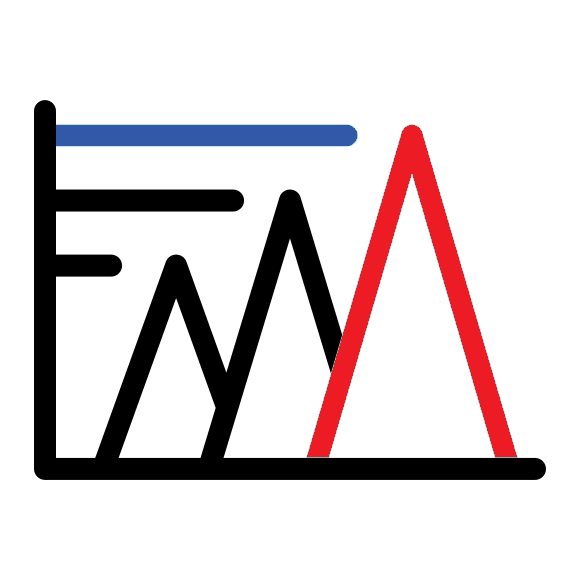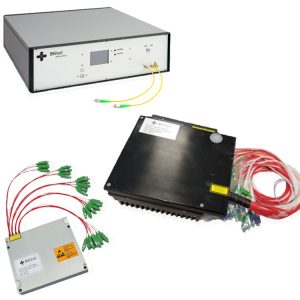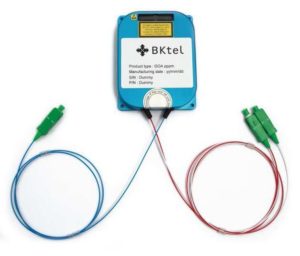Erbium-Doped Fiber Amplifiers (EDFA)
High-Performance Fiber Amplification for
Telecom, Space-Based Communication & Beyond
-
-
-
-
-
- Boost Power/Energy, Maintaining Your Laser’s Beam Properties
-
-
-
-
-
-
-
-
-
- Compact, Easy-to-Integrate, Robust Designs for OEM & Custom Solutions
-
-
-
-
-
-
-
-
-
- High-Quality, Reliability & Performance with Low Noise Amplification
-
-
-
-
The EDFA Fiber Amplifiers We Offer:

Boost Power/Energy, Maintaining Your Laser’s Beam Properties
-
- Up to 15dBm input/40W output power – Supports 1µm, 1.5µm & 2µm wavelengths
- Maintain spectral, temporal & spatial properties of your source laser, boosting power/energy
- Cost-effective power boosting – Narrow linewidth SLM versions to retain spectral purity

Customizable Configurations – Robust Design with Easy Integration
-
- Fully configurable & customizable to your application/source laser requirements
- Compact, robust devices & digital control system: simple integration in harsh environments
- Scalable: small, single-channel systems to large networks & other large-scale applications

High-Quality, Reliable Low-Noise Amplification for Long-Haul Applications
-
- Designed for long-distance signal amplification in long-haul telecom networks
- Low noise amplification – Signal clarity & quality for data Tx & sensitive measurements
- Ideal for use in free-space communications (e.g., satellite comms) & metro access networks
For nearly 30 years, RPMC has been a trusted provider of erbium-doped fiber amplifiers (EDFAs), delivering high-performance, low-noise amplification solutions across key wavelengths like 1 µm, 1.5 µm, and 2 µm. Our EDFAs are engineered to boost your laser’s output power while retaining its critical beam properties—such as linewidth, pulse width, and beam profile—ensuring precision performance in applications like telecommunications, LIDAR, and scientific research. With compact, easily integrated designs, our amplifiers support both continuous-wave and pulsed operations, offering up to 40W of output power and a wide input range. Whether for long-distance signal amplification in telecom networks or free-space communications, RPMC’s EDFAs provide reliable, scalable solutions for your most demanding projects. As your partner, we are here to support your success every step of the way.
| Picture | Part Number | Wavelength (nm) | pa_short_description |
|---|---|---|---|

|
BK-FA-CW | 1030-2054 | Fiber Amplifiers, CW, 1030-2054 nm, -14 to +15 dBm input, up to 40 W output |

 SHIPS TODAY
SHIPS TODAY 

